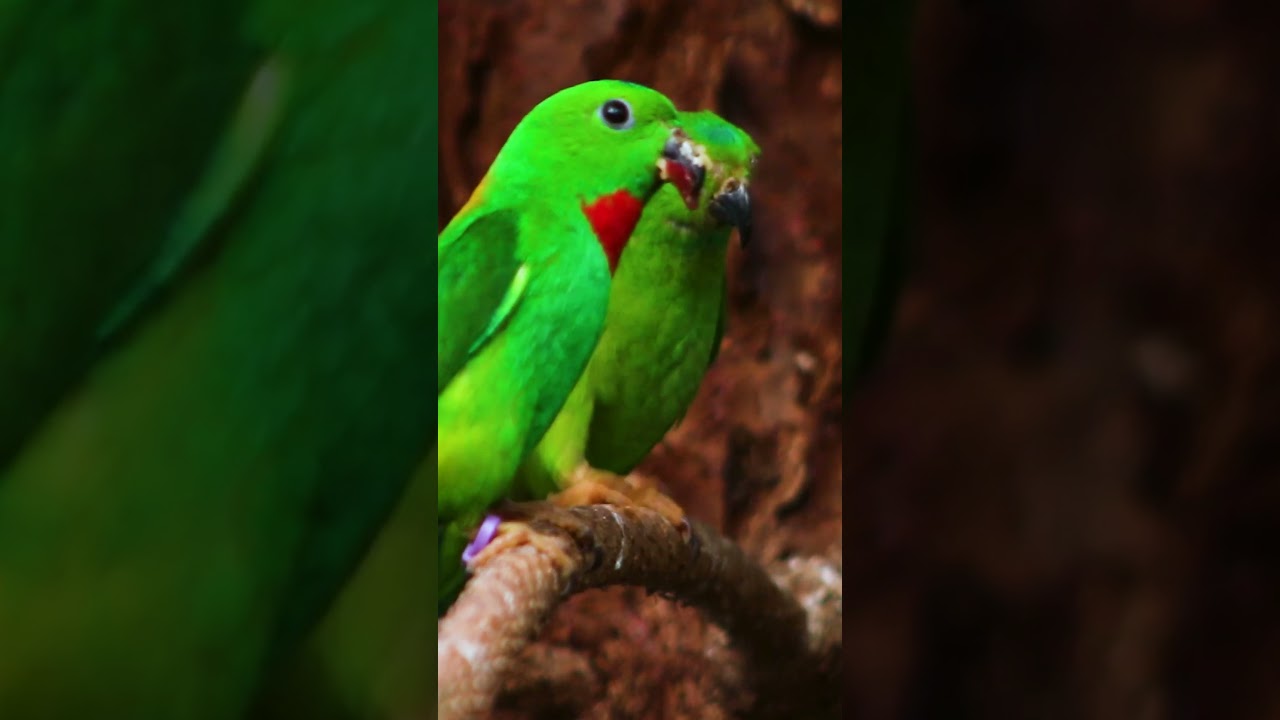– The intricate relationship between avian species and conservation efforts at zoological parks.
– The role of educational programs in fostering wildlife appreciation and stewardship.
– The technical aspects and challenges of zoo management in maintaining avian habitats.
– Strategies for engaging the public in conservation through interactive exhibits.
– The impact of zoos on global conservation efforts and species recovery programs.
The Discovery Center at Blank Park Zoo has recently become a hub of excitement and educational opportunity, focusing on the diverse world of birds. This attraction highlights the significance of avian species in biodiversity and the critical role zoos play in their conservation. The emphasis on conservation and educational efforts reflects a growing recognition of the importance of preserving avian species, which face threats from habitat loss, climate change, and human activity.
With their intriguing behaviors and varied habitats, birds serve as a compelling entry point for discussions about biology, ecology, and conservation. Their role in ecosystems as pollinators, seed dispersers, and indicators of environmental health makes them crucial for biodiversity. Zoos like Blank Park Zoo use bird exhibits to demonstrate these roles, providing visitors with a firsthand look at the beauty and complexity of avian life. By observing birds in settings that mimic their natural habitats, visitors can learn about the specific needs of different species and the importance of habitat preservation.
The educational programs offered at the Discovery Center aim to inspire a deep appreciation for wildlife and encourage a commitment to conservation. These programs, designed for all ages, combine hands-on activities with informative presentations, creating an engaging and informative experience. Through these interactions, participants better understand wildlife’s challenges and the steps necessary for their preservation. The goal is to create a generation of informed advocates for conservation who are motivated to protect the natural world.
Managing the aviary and broader bird exhibits at the zoo requires a deep understanding of avian biology, nutritional needs, and social structures. Zookeepers and staff work tirelessly to replicate natural environments within the confines of the zoo. This task involves detailed knowledge of the native habitats of the species in their care. This includes everything from the types of plants and the structure of the landscape to the temperature and humidity. The challenge is to balance the health and welfare of the birds with the educational and conservational goals of the exhibit. Ensuring that birds have ample space to fly, socialize, and engage in natural behaviors is critical for their well-being.
Engaging the public in conservation efforts is a strategic objective of the Discovery Center. Interactive exhibits, such as bird flight demonstrations, feeding sessions, and keeper talks, provide immersive experiences that highlight the beauty and vulnerability of these creatures. These activities entertain and educate visitors about the challenges birds face in the wild and the importance of conservation efforts to their survival. The zoo aims to inspire action and support for conservation projects by fostering a direct connection between visitors and birds.
Furthermore, zoos like Blank Park Zoo are pivotal in global conservation efforts and species recovery programs. They participate in breeding programs for endangered species, providing a haven for these creatures and a potential source for reintroduction into the wild. The success of such programs depends on collaboration between zoos, conservation organizations, and governments. Through research, conservation initiatives, and public engagement, zoos contribute to preserving biodiversity and protecting vulnerable species.
The Discovery Center at Blank Park Zoo is a shining example of how zoos can educate the public, conserve endangered species, and foster a love and respect for nature. By focusing on the captivating world of birds, the zoo provides visitors with a deeper understanding of the importance of biodiversity and the role each individual can play in conservation efforts. As visitors leave the Discovery Center, they carry memories of the beautiful birds they’ve seen and a renewed sense of responsibility toward preserving our natural world.
*****
Source Description
The Discovery Center is all a flutter with many new birds of all shapes, sizes, and colors. And this isn’t even all of them!


